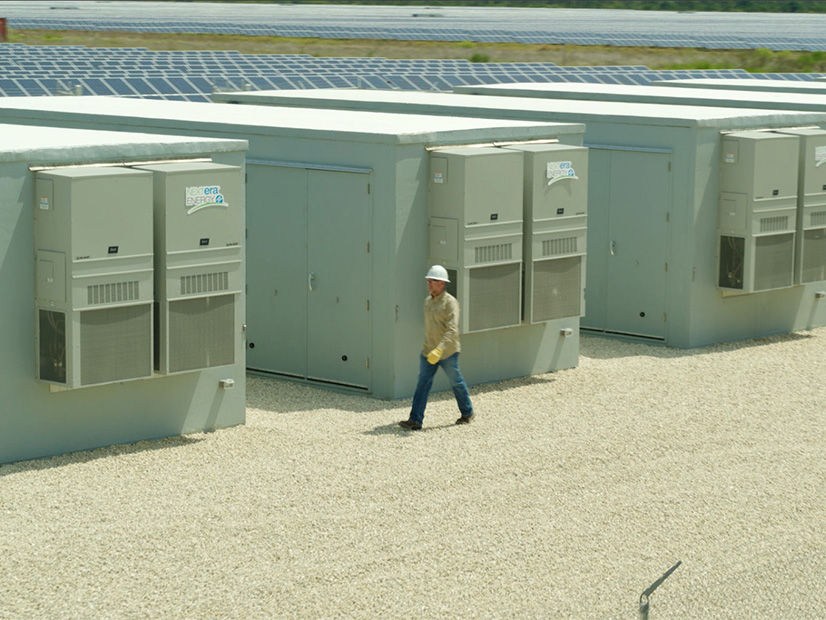Three Indiana utilities could save their customers a combined $73 million if they scrapped plans to build new gas plants and invested in battery storage instead, according to a new report released Tuesday.
Strategen Consulting, a firm specializing in decarbonizing the grid, concluded Northern Indiana Public Service Co. (NYSE: NI), CenterPoint Energy (NYSE: CNP) and Indiana Michigan Power (NYSE: AEP) should discard plans for new natural gas-fired combustion turbines in their recent integrated resource plans and add 366 MW to 1,156 MW of battery storage instead.
The firm said the utilities could achieve comparable grid reliability with storage. It said the Inflation Reduction Act (IRA), volatile natural gas prices, and MISO’s shift to a new availability-based capacity accreditation for thermal resources mean that gas plant construction doesn’t make economic sense.
“The IRA has dramatically shifted the energy planning space and requires all utilities to reassess their prior plans,” Strategen wrote in the report. “The economic incentives for building clean energy resources provide new opportunities for utilities to provide their customers the most competitive rates while also achieving their clean energy and climate goals.”
The firm analyzed savings potential in battery systems’ first year of deployment based on when the utilities expected to add the gas plants. It found:
- CenterPoint Energy could save its customers $3.5 million in 2025 if it replaces a planned 460-MW gas plant with 551 MW of four-hour battery storage;
- NIPSCO could achieve savings of $3.43 million in 2027 by replacing an envisioned 300-MW gas plant with 366 MW of storage; and
- Indiana Michigan Power could save $66.17 million in 2028 if it swaps its planned 1,000 MW gas plant for 1,156 MW of storage.
Strategen said it didn’t account for gas plants’ stranded asset risk in its findings. The firm said it anticipates savings in subsequent years will be even larger.
The report is a companion to Strategen’s February study that found Duke Energy Indiana could save ratepayers $68.5 million in the first year if it traded its plans for a new gas plant for wind, solar and storage resources. The Advanced Energy United trade association commissioned both studies.
Strategen said advanced energy technology has become cheaper since the utilities finalized their IRPs in 2020 and 2021.
“There has never been a better time for Indiana to look beyond a business-as-usual approach and modernize its energy grid by replacing polluting fossil fuels with low-cost, plentiful clean energy,” Strategen’s Ed Burgess said in a press release.
The firm said though natural gas plants have historically been the generation of choice for emergencies, “recent performance and availability of natural gas plants warrants a serious reconsideration of this preference, as evidenced in MISO and PJM in the latest winter storms.”
It said if combustion turbines cannot be depended on “during the most crucial hours, their value to the utility and overall system reliability drops dramatically.”
“Indiana utilities are on the verge of committing many hundreds of millions of their customers’ dollars on expensive and outdated technology when there are better, lower-cost, and lower-risk alternatives,” said Trish Demeter, Advanced Energy United’s managing director. “Indiana utilities made their plans to build these costly power plants back before fuels got more expensive and renewable energy technologies got a whole lot cheaper. This analysis shows advanced energy tech provides a more affordable path to building a reliable and modern electric grid for Hoosiers.”


